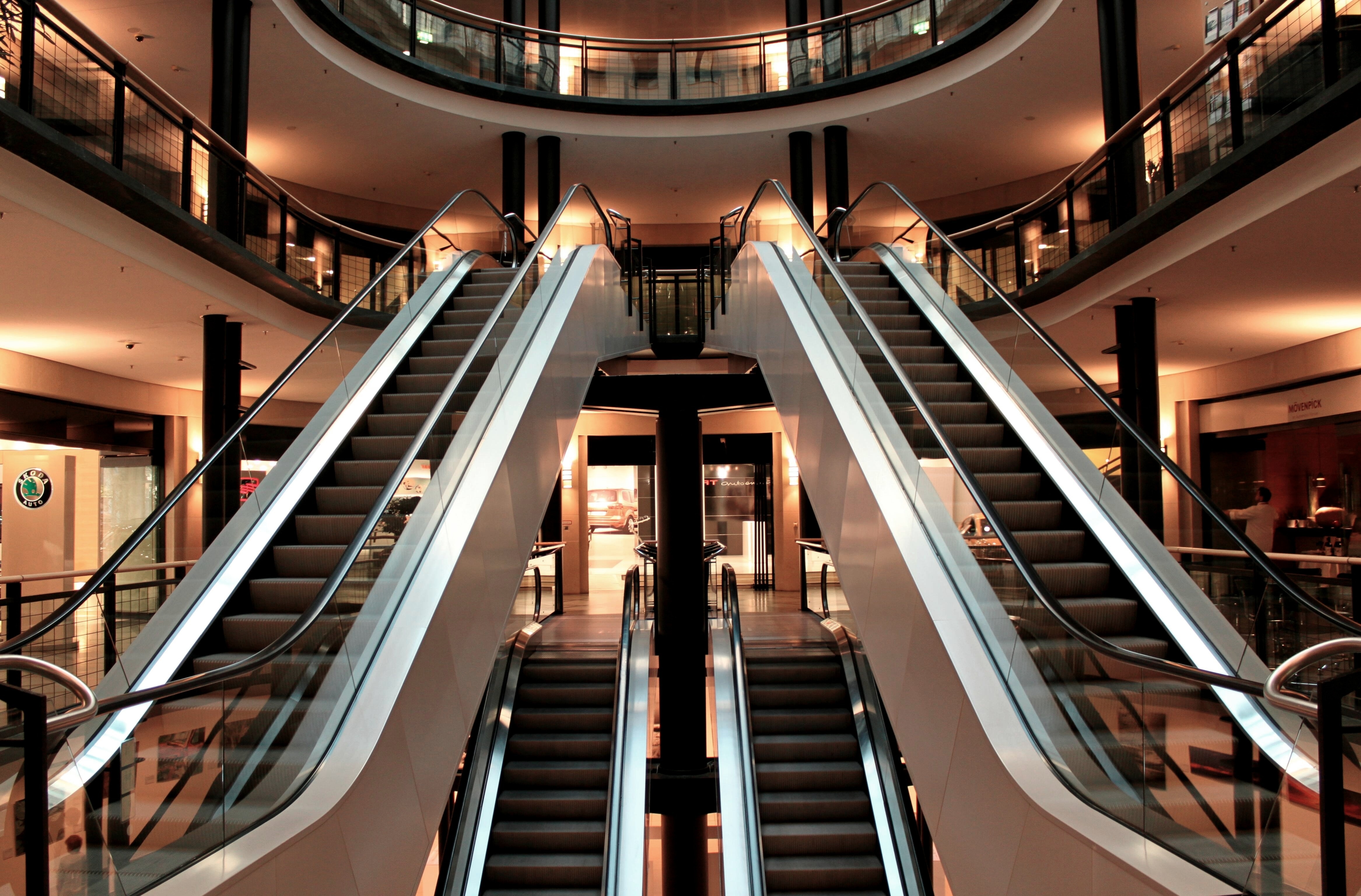
February 27, 2023
Retail space demand will rise further, with rents increasing by 15% in six months, according to experts
TopPropMart
With the worst effects of the Covid pandemic having passed, it is expected that revived consumer sentiment, consumption appetite, and omnichannel adoption by brands and retailers will sustain retail growth. Mall developers are also encouraged by the positive outlook.
The retail market in India is expected to reach $2 trillion by 2032, according to the Retailers Association of India (RAI). Retail sales surpassed pre-pandemic levels in 2022, increasing by around 19%.
Retail demand has increased.
Developers plan to add nearly 25 million square feet of new mall space across the top 7 cities over the next 4-5 years, buoyed by this growth; NCR and Hyderabad account for nearly 46% of total new upcoming supply, closely followed by Bengaluru at 19%, according to the report.
"Currently, the top cities have over 51 million square feet of mall stock across the country," said Kumar Rajagopalan, CEO of RAI, "with NCR, MMR (Mumbai Metropolitan Region), and Bengaluru accounting for 62% of total stock."
Also, spending by high-end brands in tier-II cities has increased over 50 per cent compared to the pre-pandemic period. According to the report, the availability of large land parcels and lower rental rates in comparison to larger cities has been instrumental in attracting many brands.
Buyers' changing behavior and interest in tier-II and tier-III centers for an "experience" that combines shopping with leisure and entertainment has pushed mall developers and brands to consolidate their presence in these underserved markets. "Tier-II and III cities gained prominence as employment centers opened in these cities," said Anuj Kejriwal, CEO & MD, ANAROCK Retail.
Rents are increasing.
Demand for retail leasing has increased as a result of increased consumer spending power. This has also resulted in an increase in average rental rates. "According to an industry analysis, rents at high-street locations in the country's top eight cities will increase by up to 50% in 2022, while shopping malls will see a 10% YoY average rent increase," said Aman Trehan, executive director of Trehan Iris.
According to the Anarock-RAI report, mall rents have increased by nearly 15%, which is higher than pre-pandemic levels. Bengaluru saw the greatest increase, at around 27%.
Though the percentage change is small because rentals fell significantly during the Covid period, they are still 20% higher than pre-COVID levels, according to Kunil.
Developers believe that average rental rates will rise another 15% in the next six months as more retail brands seek to establish a presence in prime locations.
Online vs. traditional retail
According to industry estimates, the online retail market in India accounts for approximately 25% of the total organised retail market and is expected to account for approximately 37% by 2030. Despite its increasing penetration, online retail accounts for a small portion of total business.
According to industry experts, despite the establishment of e-commerce channels following the pandemic, offline retail space did not face any major setbacks due to a high degree of integration of physical and digital.
Trehan stated that e-commerce has had no impact on offline retail because India is primarily an offline retail market, and retailers are adapting to changing market dynamics and transitioning to an omnichannel environment in which customers can shop through a variety of online and offline channels. "As a result, it's a win-win situation for us," he explained.

